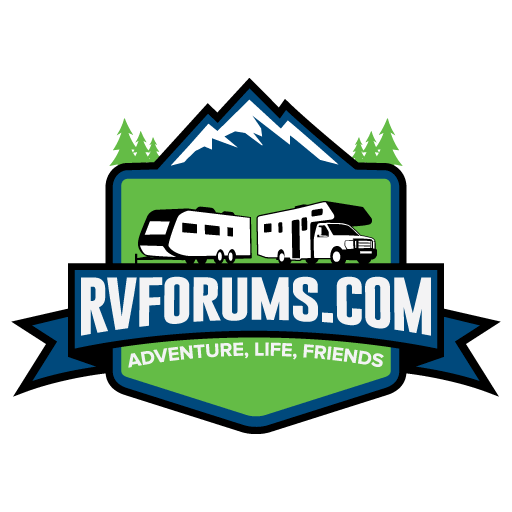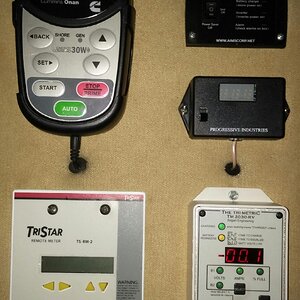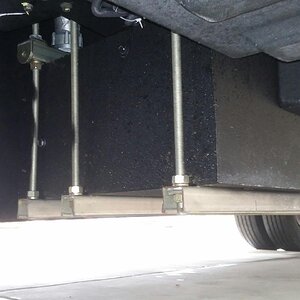Welcome to RVF,
@LambdaChi385; glad to have you here.
As you have found, most RV "owner's manuals" are useless. Sad, but true.
I don't know of any links to winterizing procedures specific to your RV, but can walk you through a general process. Some of this will depend on the area of the country, whether relatively mild winter temperatures (mid-20s and up) frequent sub-freezing overnight temperatures or extended day and night sub-freezing weather.
First, you should plan on storing your travel trailer in a location where you will have reliable access to at least 15A of 120 VAC electric power (20A is better). That way, you can keep the RV batteries charged and have at least some minimal indoor heat.
If there's a chance that indoor temperatures could get below freezing, you need to remove things like canned food, bottled and canned drinks, and other items that can freeze. If they do freeze--and, the container bursts--you will have a mess!
Then, you need to completely freeze-proof the RV water system. This means draining the freshwater tank, along with gray and black tanks, and water heater tank. If your RV has "low-point drains," they should be opened and allowed to drain completely. Once drained, shut off the low-point drain valves.
And, be sure to turn off the electric water heater element at the lockout switch in the heater compartment before draining or you could destroy it if the circuit is turned on with no water in the tank.
Finally, you will need to protect the water supply and drain lines as well. That means either blowing all the water out of them with compressed air or using RV antifreeze to displace any water in the lines.
Using anti-freeze is probably the most popular and simplest method, but requires thorough flushing out before the next RV use. Most RVs have a connection point with a hose that is inserted in the antifreeze container and the electric water pump is used to push the antifreeze through the system. Most RVs also have a bypass valve system for the water heater tank, allowing you to close off the piping to the WH tank itself and avoid filling it with antifreeze.
Now, you pump antifreeze through the system, opening each faucet and valve (including the toilet flush valve) until a steady stream of the pink fluid flows out. Start with the faucet/valve furthest from the water pump and work your way back. When all water supply lines have been filled with antifreeze, you still have one more area to winterize; the drains. Pour 2-3 cups of antifreeze in each drain to ensure that they don't freeze and burst.
Using the compressed air method works similarly, replacing water in the lines with air. You need a compressor and a special fitting to connect a compressed air hose to the RV water inlet. Limit the compressor to not more than 50 PSI; 35-40 PSI is plenty, Again, bypass the water heater and then pressurize the system with air. Open each faucet/valve until the water is expelled and it is blowing air. I prefer to do each faucet/valve twice, repeating the first sequence again to be sure all the water is out. And, don't forget to use antifreeze in the drains; that still needs to be done.
Good luck.
TJ













